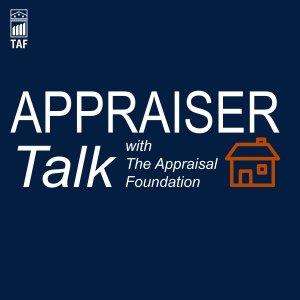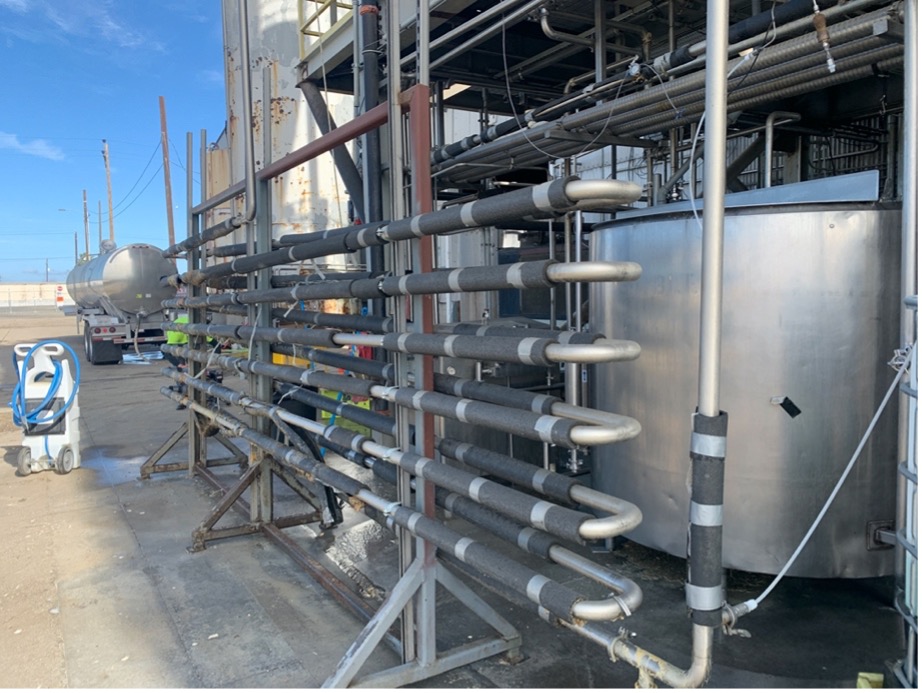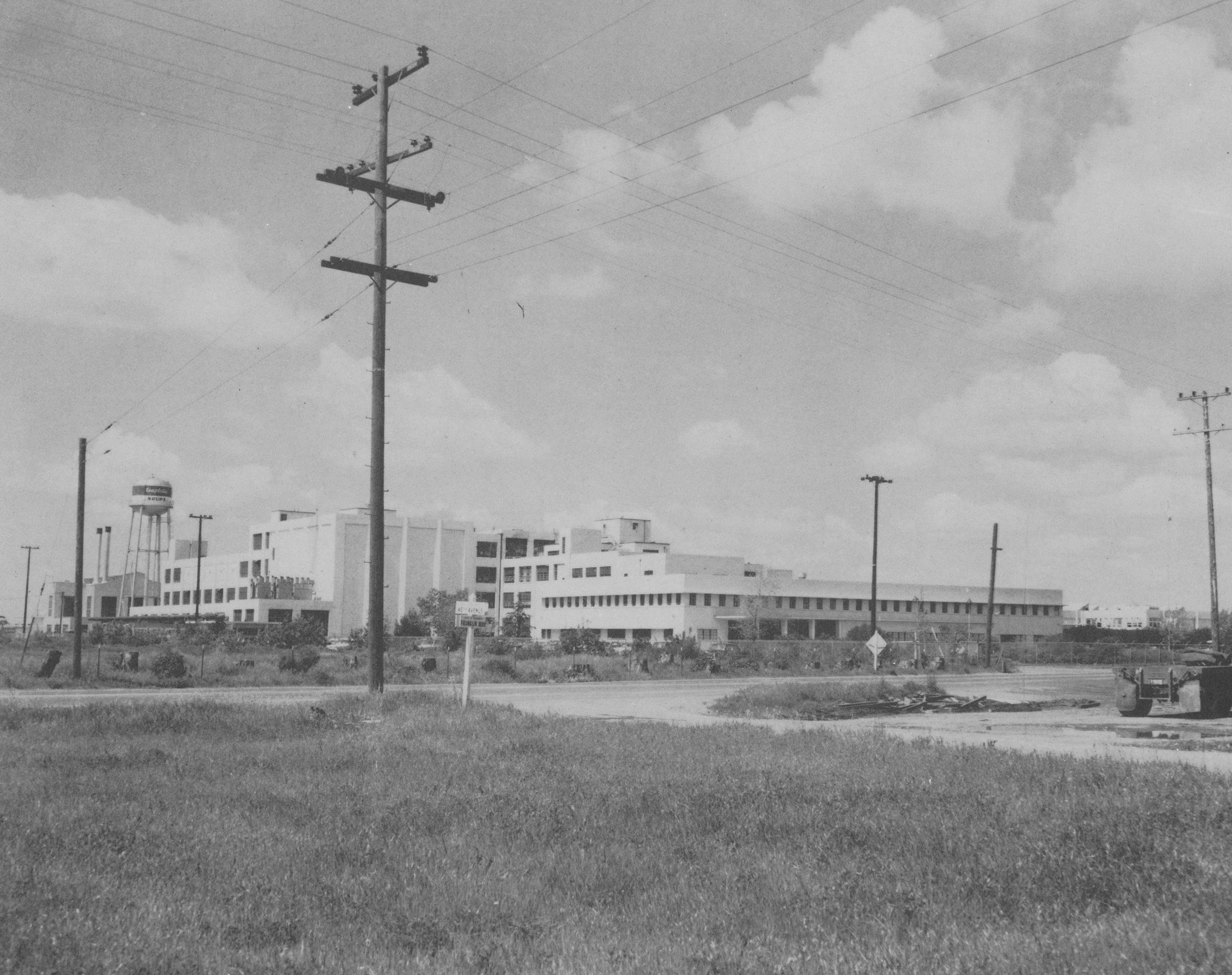Equipment appraisals are just one part of a business valuation. In this guest blog, my CalCPA colleague Tom Collins takes us beyond restaurant equipment appraisals into the world of restaurant business valuation.
Tom is a Sacramento CPA who specializes in business valuation and forensic accounting. To learn more about his services, and read some of his other articles, you’ll want to visit Collins Forensic and Valuation Services.
What Factors Determine a Restaurant’s Business Value?
Restaurants are valued based on their tangible assets and goodwill.
Tangible Assets
A restaurant’s tangible assets are determined by totaling the value of the restaurant’s assets (such as cash, inventory and equipment) and subtracting the restaurant’s outstanding debt.
Goodwill
Goodwill is derived from a restaurant’s ability to generate future cash flow based on its location, reputation, lease terms, leasehold improvements at its current location, opportunities to expand, etc.
Business appraisers often determine a restaurant’s goodwill by utilizing the market approach. To use this approach a restaurant’s annual revenues and cash flow is calculated. Many buyers will not pay for revenues and cash flow that is not reported for tax purposes. Under reporting is becoming less of an issue because more customers are paying by credit card.
A restaurant’s true cash flow is the cash flow the restaurant could provide to a prospective buyer. Adjustments are often made to increase or “addback” the owner’s perquisites to the company’s stated book income to determine the company’s true cash flow.
Market Approach
Restaurants are routinely bought and sold across America. The financial information from these transactions is compiled by companies that maintain transactional databases such as BizComps and Pratt’s Stats.
By sorting these transactions by their attributes such as the restaurant type (full service or quick service) and their revenues, cash flow, profit margins, years in business, etc., business appraisers can determine the revenue and cash flow valuation multiples at which a restaurant is likely to sell.
The valuation multiples from these transactions, after other factors are considered, are then applied to the revenue and cash flow of the restaurant being valued.
Factors Affecting Valuation Multiples
Restaurants with growing revenues and cash flow sell at higher valuation multiples than restaurants with stable or decreasing profitability. Franchised restaurants sell at higher valuation multiples than independent restaurants.
Profitable restaurants are often sold at goodwill multiples between 30% and 40% of their annual revenues and between 150% to 250% of their annual cash flow. These multiples assume the restaurant has annual cash flow (before owner’s compensation) of approximately 15% of revenues. Profitable franchised restaurants often sell at valuation multiples between 40% and 50% of revenues.
Restaurant’s Size and Profitability
Statistics on restaurant revenues and cash flows can be found in restaurant industry studies performed by IBISWorld. These studies indicate revenues for the average family restaurant are approximately $800,000 per year, with labor costs at 33% of sales, food costs at 30% of sales and occupancy cost at 8% of sales. These studies allow business appraisers to determine if the restaurant at hand is more profitable and more valuable than similar restaurants in the industry.
Thomas D. Collins, CPA/ABV, CFA
Specializing in Forensic Accounting and Business Valuations
3600 American River Drive, Suite 147
Sacramento, CA 95864
916.756.5622




